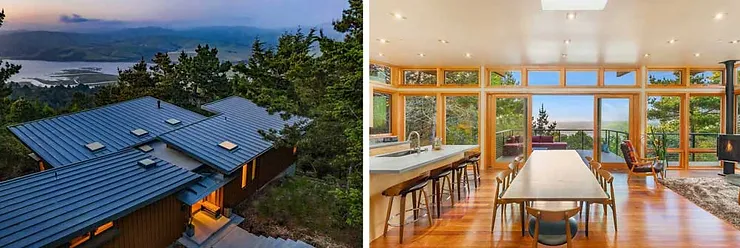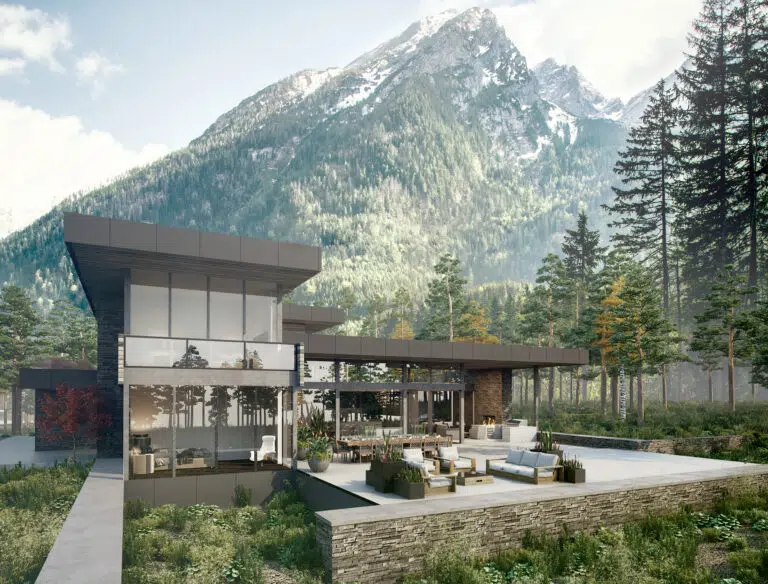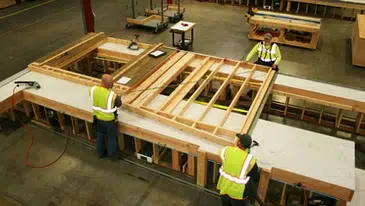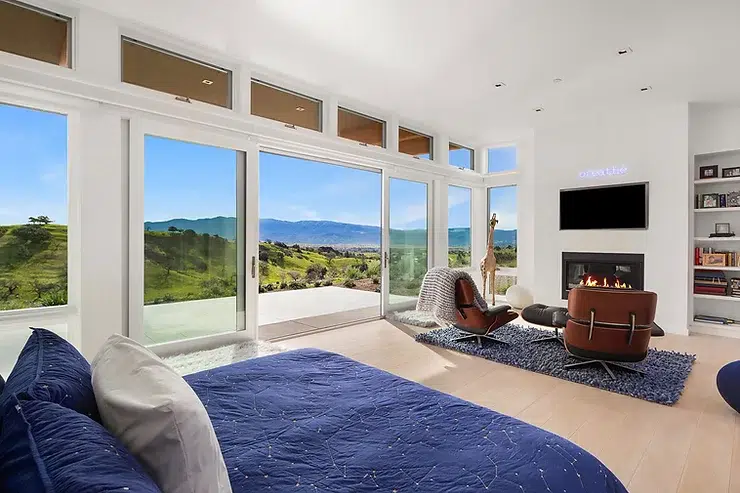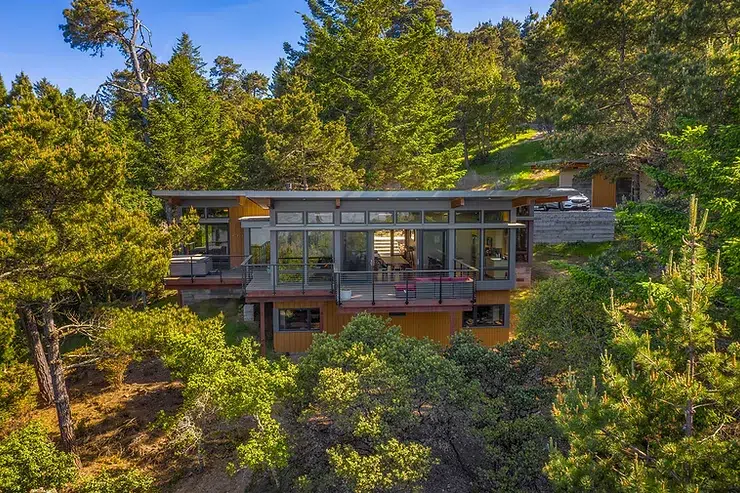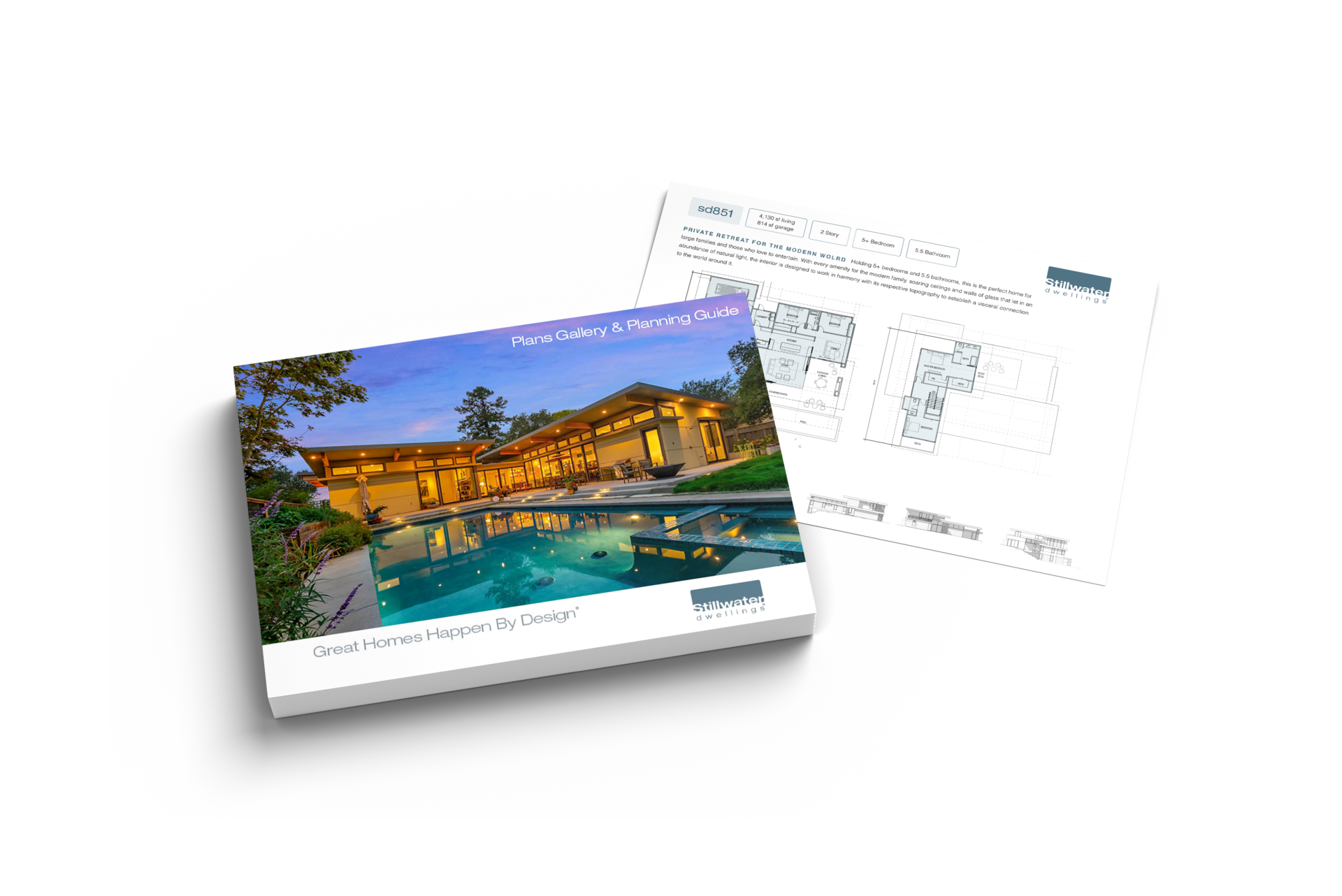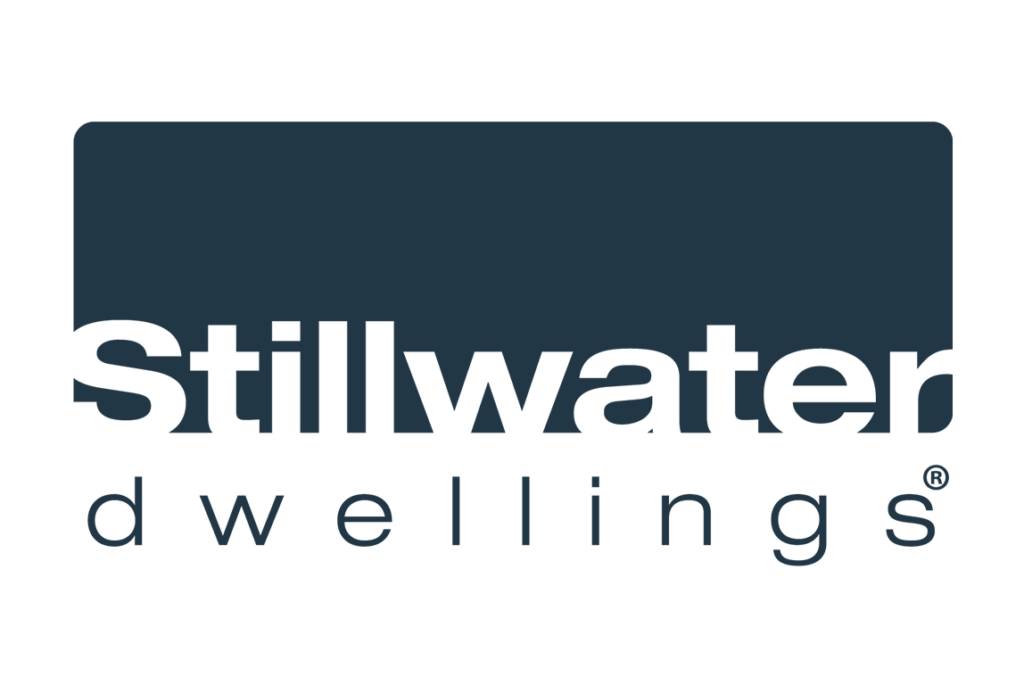What we build is as important as how we build it, from healthier materials to more advanced construction methods. Building a sustainable home means designing and constructing a residence with the least amount of negative impact on the environment as possible. And creating a sustainable home no longer means making sacrifices. Gone are the days of having to choose between a home that’s better for the planet and one that lives well for you and your family. Doing good and looking good go hand in hand, and today’s technologies offer incredible options that span design aesthetics, from classic and traditional to cutting edge and modern. Sustainability as design has become a harmonious balance of form and function, and here are several movements and industry changes that have brought it to the forefront.
1. It Starts With the Location
As with everything in real estate, location is incredibly important, especially when it comes to sustainable home design. Ideally, the home site is situated on infill or previously developed property and in proximity to existing infrastructure for roads, utilities, and wastewater management. To reduce car use, it should also be located closer to work, conveniences, amenities, services, and mass transit if available. Once the site is selected, the home’s orientation is also a consideration to take advantage of opportunities for passive heating and cooling. For example, people living in the northern hemisphere can face more windows south to maximize natural sunlight and heat during the winter and fewer facing west to keep the home cooler in the summer. If the site includes deciduous trees, preserve them and build the home nearby so their foliage can help maintain cooler temperatures in warmer months.
2. Forward-Thinking Construction
The new home building industry is in a period of positive sea change, as it moves toward more sustainable construction methods. Those for whom sustainability is a critical component of a home’s design, a systems-built home is a great choice. Components of systems-built homes (also known as prefab homes) are manufactured offsite in a climate-controlled facility then transported to the jobsite and assembled. Prefab home advantages include significant reductions in materials waste, unmatched energy efficiencies, increased quality control, predictable project cycles, and fewer jobsite deliveries, reducing the overall environmental footprint and impact.
And with today’s state-of-the-art technology, homebuyers have more choices than ever before when it comes to design, and design/build firms offer incredible latitude and flexibility when it comes to customization. Home designs, ideally drafted by an in-house team of LEED-accredited architects, are holistically crafted from top to bottom to reduce their environmental impact now and in the years to come. Systems-built home builders are also shattering long-held misconceptions about prefab or factory-built housing, and they are trailblazing the luxury-meets-sustainability new home marketplace.
3. Sustainability As Design
As American culture becomes more aware of and increasingly concerned about the serious ramifications of climate change around the world, sustainability and transparency are becoming necessary elements of products’ overall design. Earth-friendly products are fashionable, and building products manufacturers are answering a demand for eco-friendly products in exciting and innovative ways. While we’re more concerned about long-term mindsets and lifestyle changes over trends, this movement is encouraging because it means there are more eco-friendly products on the market than ever before. Homeowners no longer have to make sacrifices in their homes’ design, look, and feel in order to achieve increased sustainability. A luxury, well-designed home can create less waste, use less energy, and be healthier for the planet with today’s ever-increasing choices of materials and products.
4. Whole-Systems Energy Approach
We can’t talk about sustainability without talking about energy. A home’s embodied energy and overall consumption should be considered at every point along the project lifecycle, from site selection and floor plan layout to materials specification and interior design. Insulation and sealing are critical to keep a home’s envelope airtight, maintain temperatures, and reduce energy needs. Home designs should also optimize passive heating and cooling in addition to specifying smart thermostats, Energy Star products, and high-performance windows and doors to further decrease energy requirements.
The use of solar power is on the rise and becoming more mainstream, with California as the first state to pass legislation requiring solar panel installation on all new construction effective January 2020. (More on that in a previous post HERE.) There’s also a shift in thinking about solar as a design element, as more architects help their clients make its overall integration a part of the home design process.
Being mindful of the products specified in your home – where they are sourced, what they are made from, their labor origins, mode and length of transport – is an important consideration in sustainable design. Locally sourced products are optimal to reduce emissions from transportation and to support community businesses. Some examples:
– Engineered timber that protects old-growth forests
– Eco-friendly, low-VOC paints and adhesives
– Non-toxic sealers and stains
– Natural, renewable materials like bamboo, cork, and FSC-certified wood
Creativity and innovation are encouraged inside and out. Interiors that incorporate recycled, reclaimed, and salvaged materials not only help reduce construction waste but showcase a distinctive, one-of-a-kind feel to a space.
